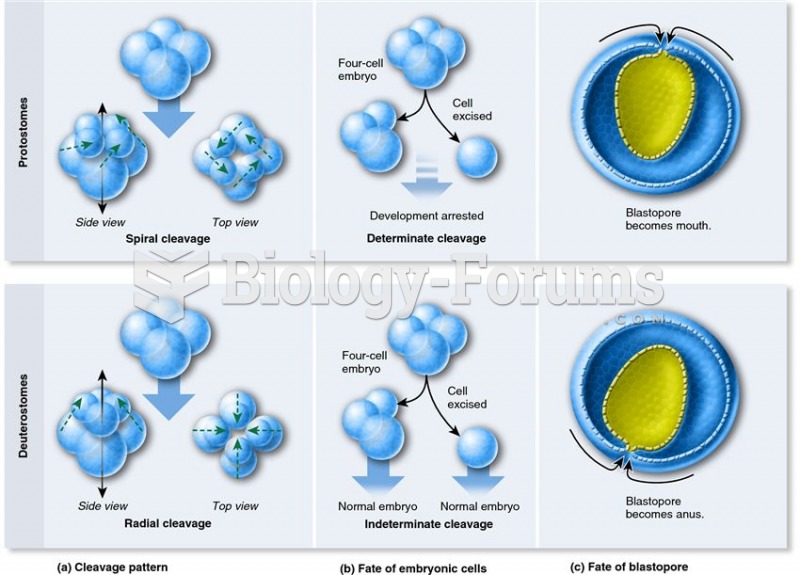Answer to Question 1
A person with a strong disposition toward critical thinking has the consistent internal motivation to engage problems and make decisions by using critical thinking. Operationally this means three things: The person consistently values critical thinking, believes that using critical thinking skills offers the greatest promise for reaching good judgments, and intends to approach problems and decisions by applying critical thinking skills as best as he or she can. This combination of values, beliefs, and intentions forms the habits of mind that dispose the person toward critical thinking.
Someone strongly disposed toward critical thinking would probably agree with the following statements:
I hate talk shows where people shout their opinions but never give any reasons at all.
Figuring out what people really mean by what they say is important to me.
I always do better in jobs where I'm expected to think things out for myself.
Persons who display a strong positive disposition toward critical thinking are described in the literature as having a critical spirit, or as people who are mindful, reflective, and meta-cognitive.
A person with weak critical thinking dispositions might disagree with the previous statements and be more likely to agree with these:
I prefer jobs where the supervisor says exactly what to do and exactly how to do it.
No matter how complex the problem, you can bet there will be a simple solution.
I don't waste time looking things up.
When it comes to approaching specific questions, issues, decisions or problems, people with a weak or negative critical thinking disposition are apt to be impulsive, reactive, muddle-headed, disorganized, overly simplistic, spotty about getting relevant information, likely to apply unreasonable criteria, easily distracted, ready to give up at the least hint of difficulty, intent on a solution that is more detailed than is possible, or too readily satisfied with some uselessly vague response.
Answer to Question 2
See the THINKING CRITICALLY box entitled Institutional Programs and Measures of Students' Success in the section Solve Problems and Succeed in College for the first part of the answer. The second part of the answer depends on each student's personal sense of what it means to him or her to be successful in college and on how well the student demonstrates strong critical thinking in explaining that answer.







